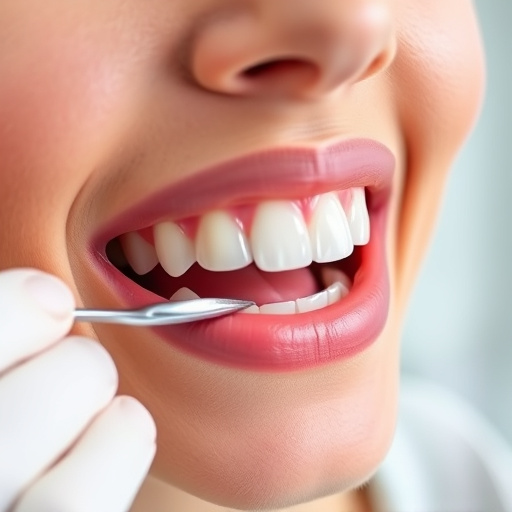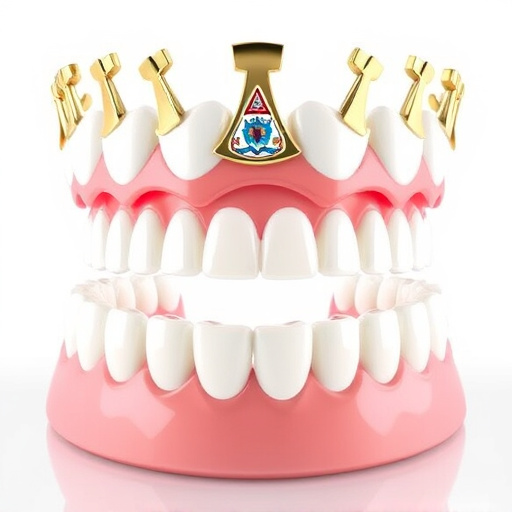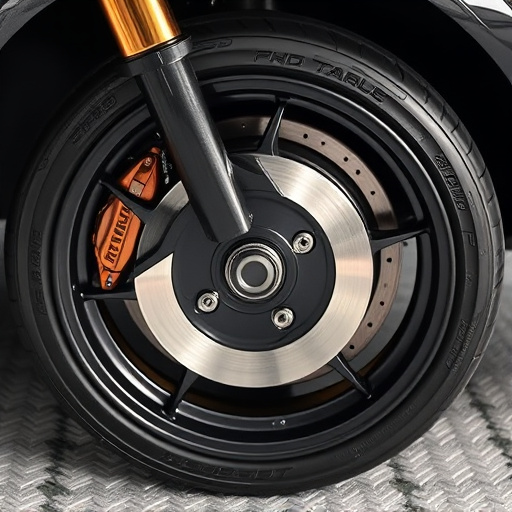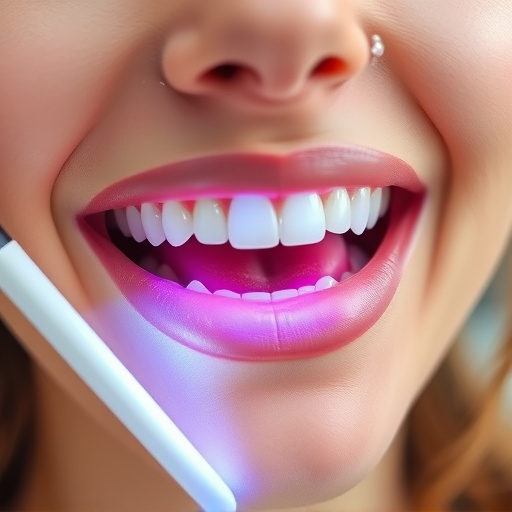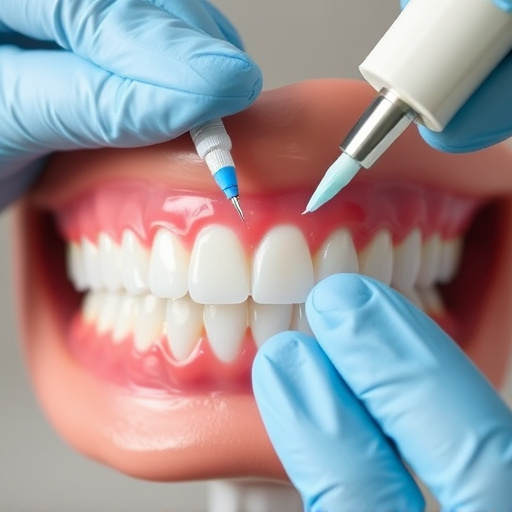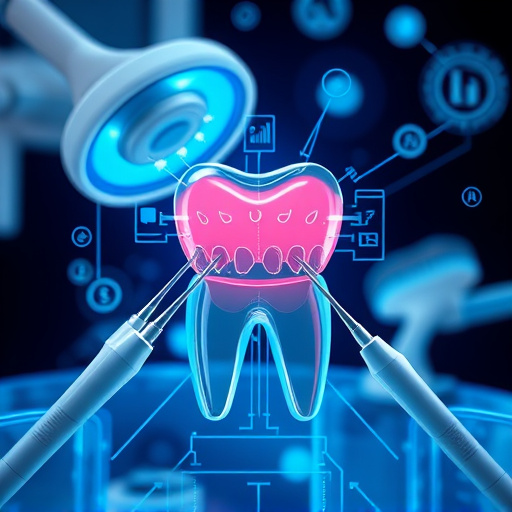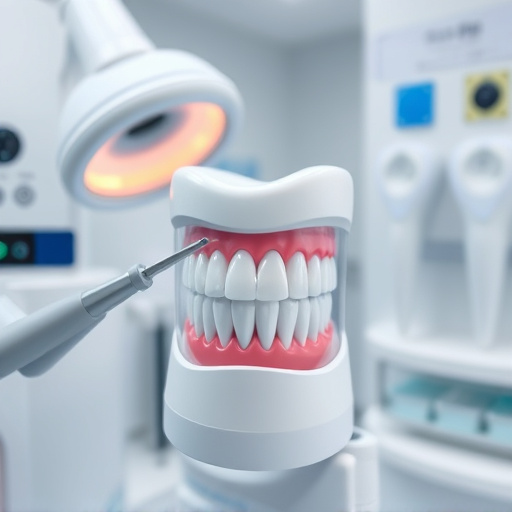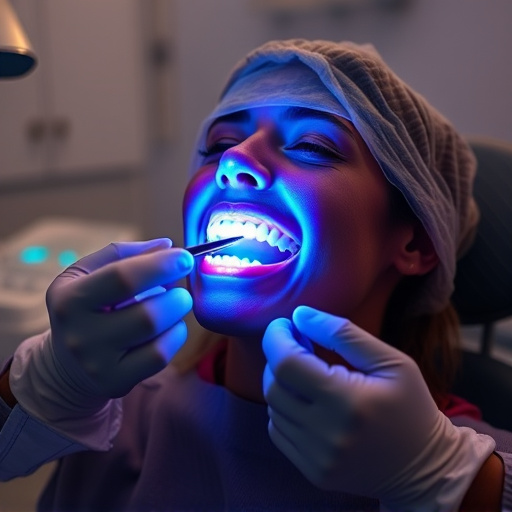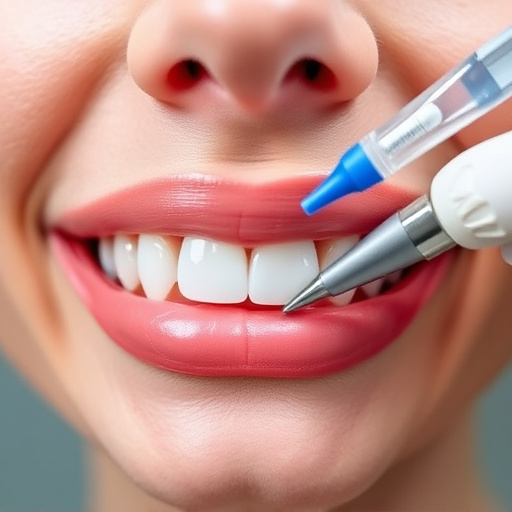TMJ disorder causes jaw and facial pain, with symptoms like jaw stiffness, popping sounds, headaches, and hearing issues. Treatment options range from lifestyle changes, splints, and physical therapy to corticosteroid injections, offering gentle relief without surgery. Severe cases may require arthroscopic or open-joint surgery, or even tooth extraction and grafting/implants as a last resort.
Struggling with jaw pain, clicking sounds, or difficulty chewing? You may be dealing with TMJ disorder (TMD). Understanding this condition and exploring effective treatment options is crucial for relief. This article delves into the causes and symptoms of TMJ disorder, offering a range of non-invasive treatment choices for immediate comfort. For severe cases, we discuss surgical interventions as a last resort. Discover how to get back to smiling with these comprehensive TMJ disorder treatment solutions.
- Understanding TMJ Disorder: Causes and Symptoms
- Non-Invasive Treatment Options for Relief
- Surgical Interventions: Last Resort Solutions
Understanding TMJ Disorder: Causes and Symptoms

TMJ disorder, short for Temporomandibular Joint Disorder, is a complex condition affecting the joint that connects your jawbone to your skull. This joint is vital for chewing, speaking, and yawning—any disruption can lead to significant discomfort and pain. The exact cause of TMJ disorder is often hard to pinpoint, but it’s believed to be related to issues with the muscles, ligaments, or cartilage in the joint. It can result from various factors, such as dental misalignments, injuries, arthritis, or stress.
Common symptoms include jaw pain, especially around the ear, difficulty opening or closing the mouth, popping or clicking sounds in the joint, headaches, and even facial tenderness. Some people may experience hearing loss or tinnitus (ringing in the ears). Recognizing these symptoms is crucial as early intervention can lead to more effective TMJ disorder treatment options, ranging from simple lifestyle changes and oral splints to advanced restorative dentistry procedures, including teeth cleaning and alignment therapies. In severe cases, emergency dental care might be necessary to manage acute pain and inflammation.
Non-Invasive Treatment Options for Relief
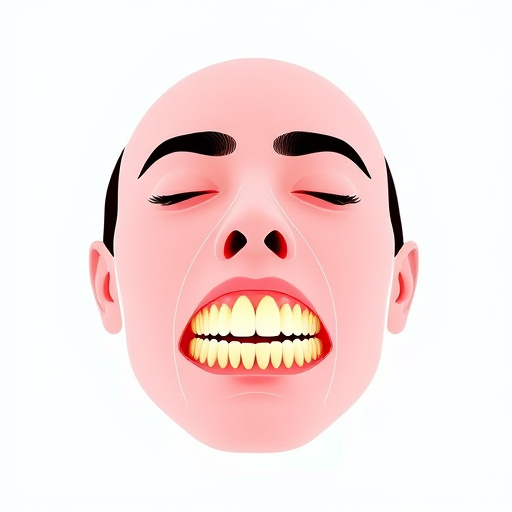
Many individuals suffering from TMJ disorder (TMD) find relief through non-invasive treatment options before exploring more intensive procedures. This initial phase of treatment focuses on mitigating symptoms and improving jaw function, often utilizing techniques that are easily accessible and minimally intrusive. One common approach involves adjustments to lifestyle habits, such as modifying eating patterns or adopting new relaxation techniques to reduce stress in the jaw. Physical therapy is another non-invasive method that has proven effective, targeting specific muscles to ease tension and restore balance.
Additionally, your family dentistry or general dentistry professional might recommend restorative dentistry procedures like bite splints or oral appliances. These custom-fitted devices protect teeth during sleep and rest, reducing grinding or clenching pressures that can exacerbate TMD. In some cases, targeted injections of corticosteroids can provide temporary relief by reducing inflammation around the temporomandibular joint. This gentle yet effective approach allows individuals to regain control over their smile and overall well-being without undergoing more extensive surgical interventions.
Surgical Interventions: Last Resort Solutions

When non-surgical treatments for TMJ disorder fail to provide relief, surgical interventions may be considered as a last resort. These procedures are designed to address more severe cases where the condition has led to significant bone erosion or joint damage. Common surgical options include arthroscopic surgery, where a tiny camera is used to visualize and repair damaged tissues within the joint, and open-joint surgery for more extensive repairs.
In some instances, dental professionals might recommend removing damaged teeth to alleviate pressure on the TMJ. This can be followed by procedures like bone grafting or implant placement to restore facial structure and improve overall TMJ disorder treatment outcomes. While these surgical methods offer potential solutions, they should only be explored after exhausting less invasive alternatives, ensuring patients receive the most appropriate and effective emergency dental care tailored to their specific needs.
TMJ disorder can significantly impact your quality of life, but with the right treatment approach, regaining a smile and finding relief is within reach. Whether through non-invasive techniques like physical therapy and medication or considering surgical interventions as a last resort, there are effective solutions available. Understanding your specific condition and working closely with healthcare professionals will help tailor a treatment plan that suits your needs, enabling you to bid farewell to jaw pain and embrace a happier, more comfortable future.
